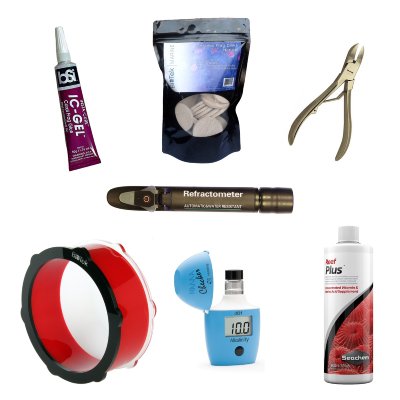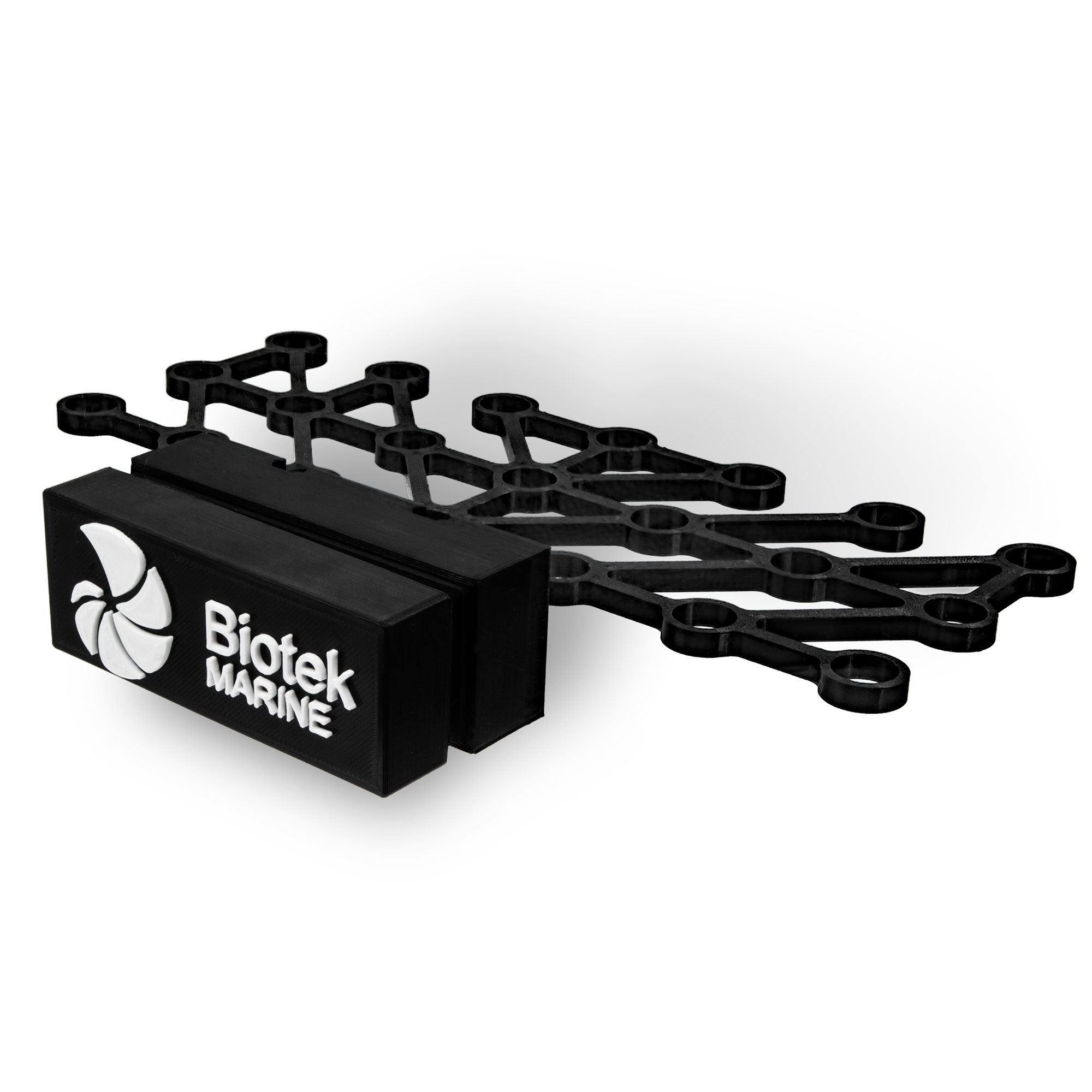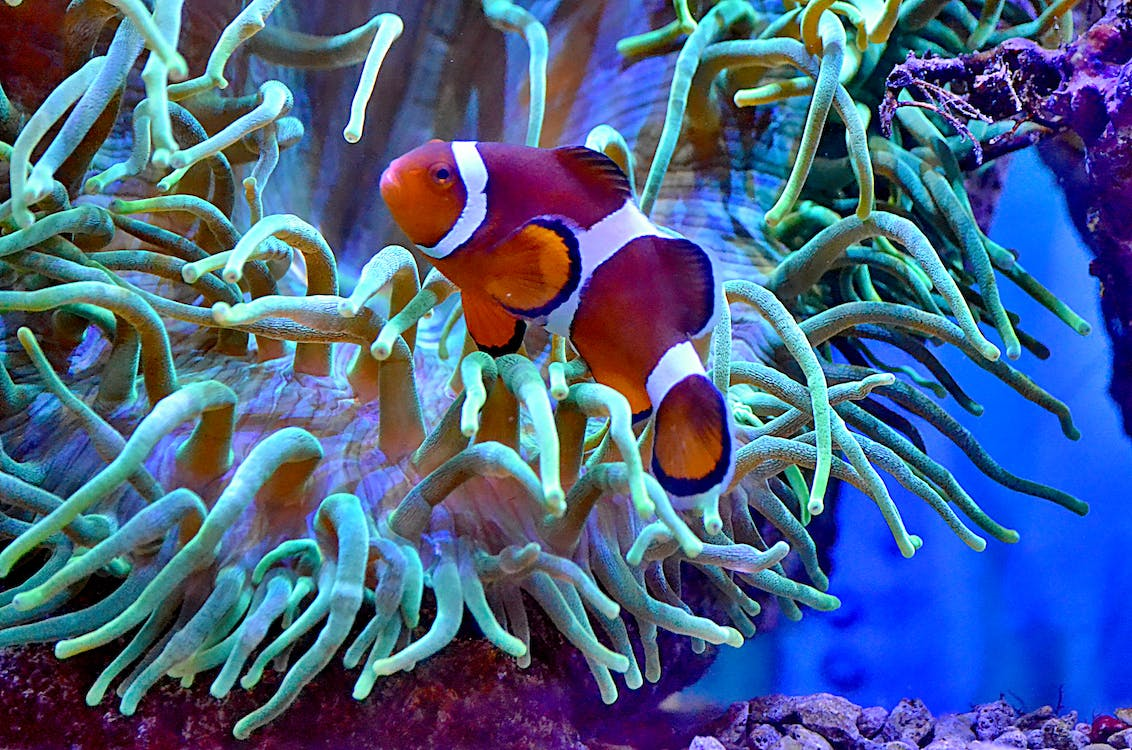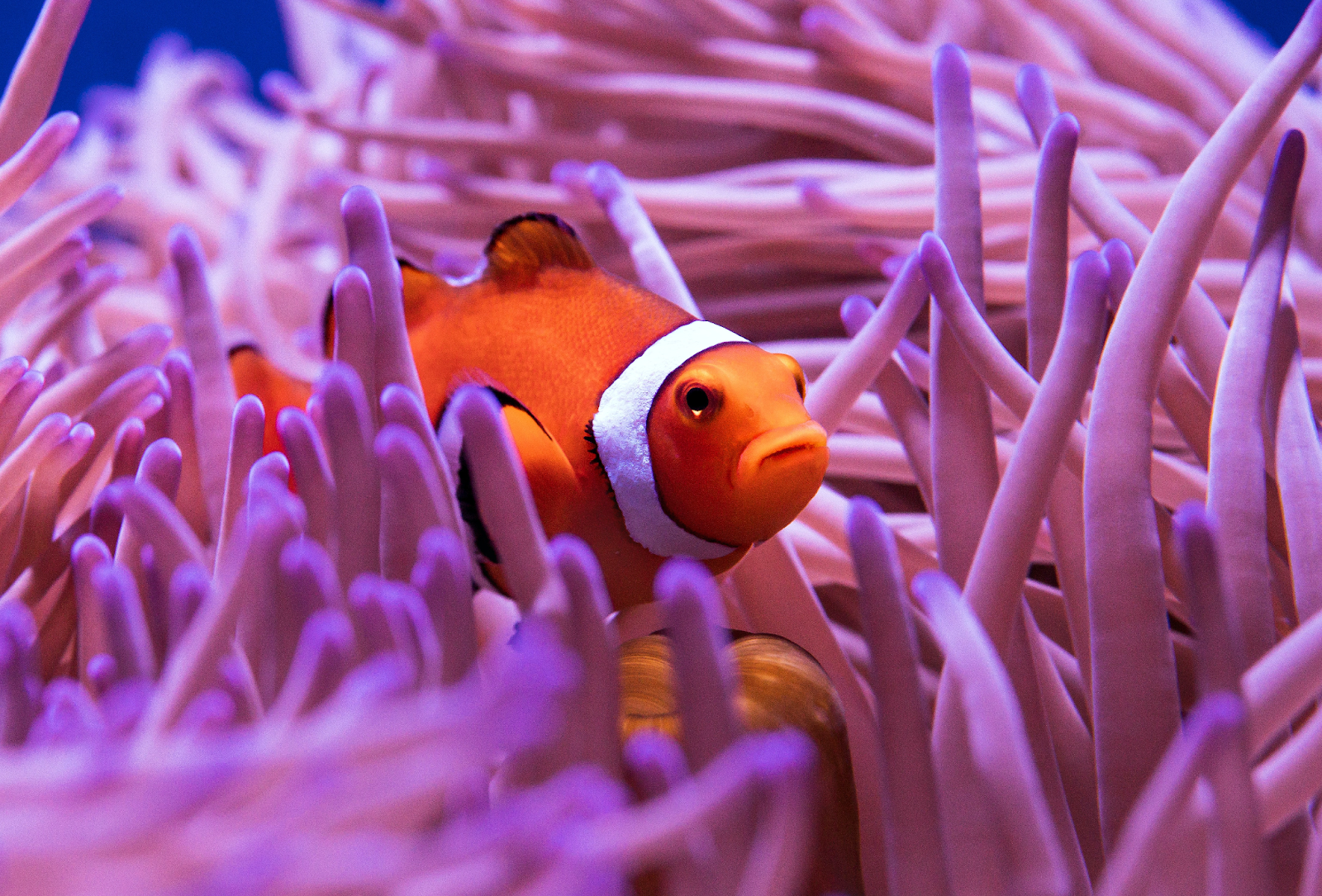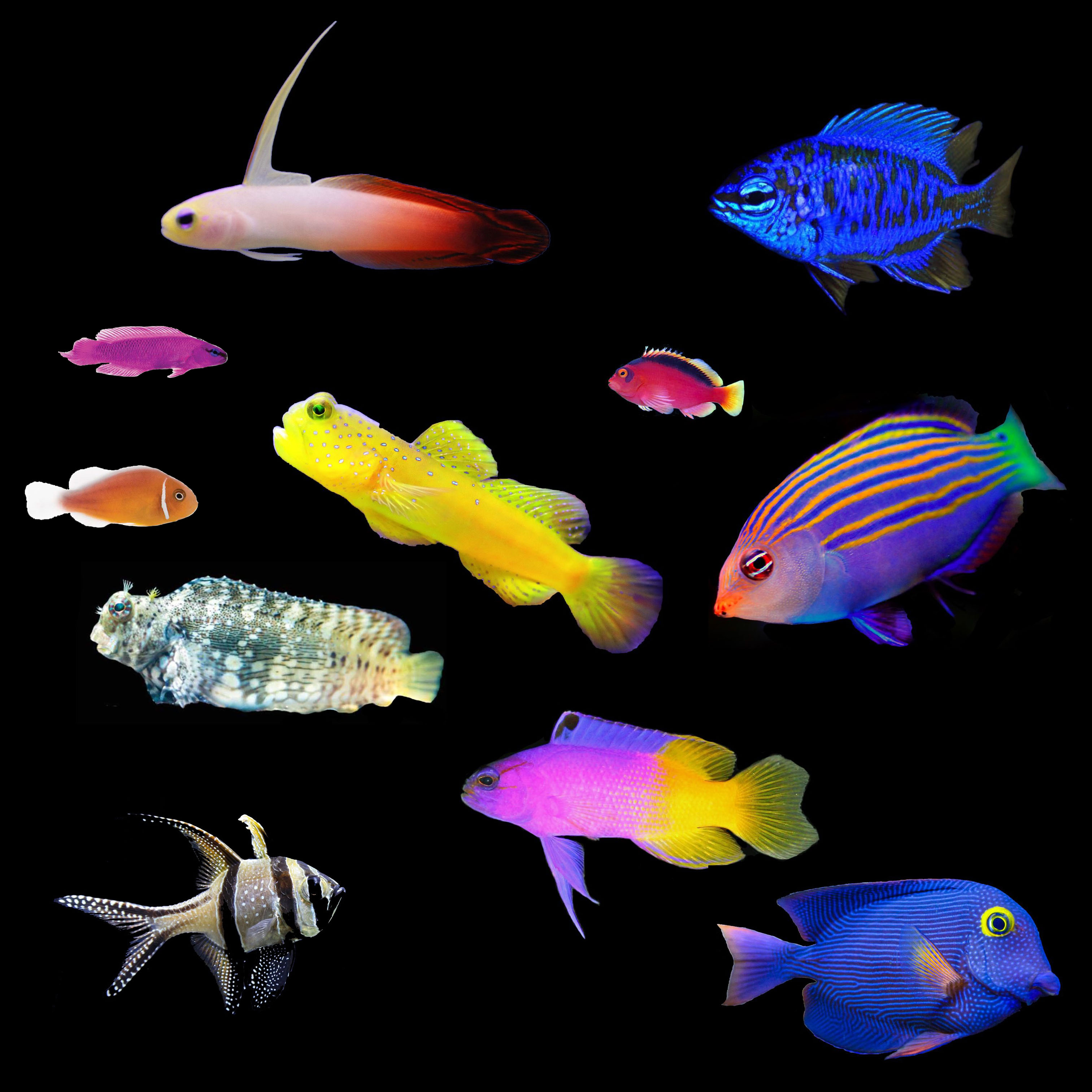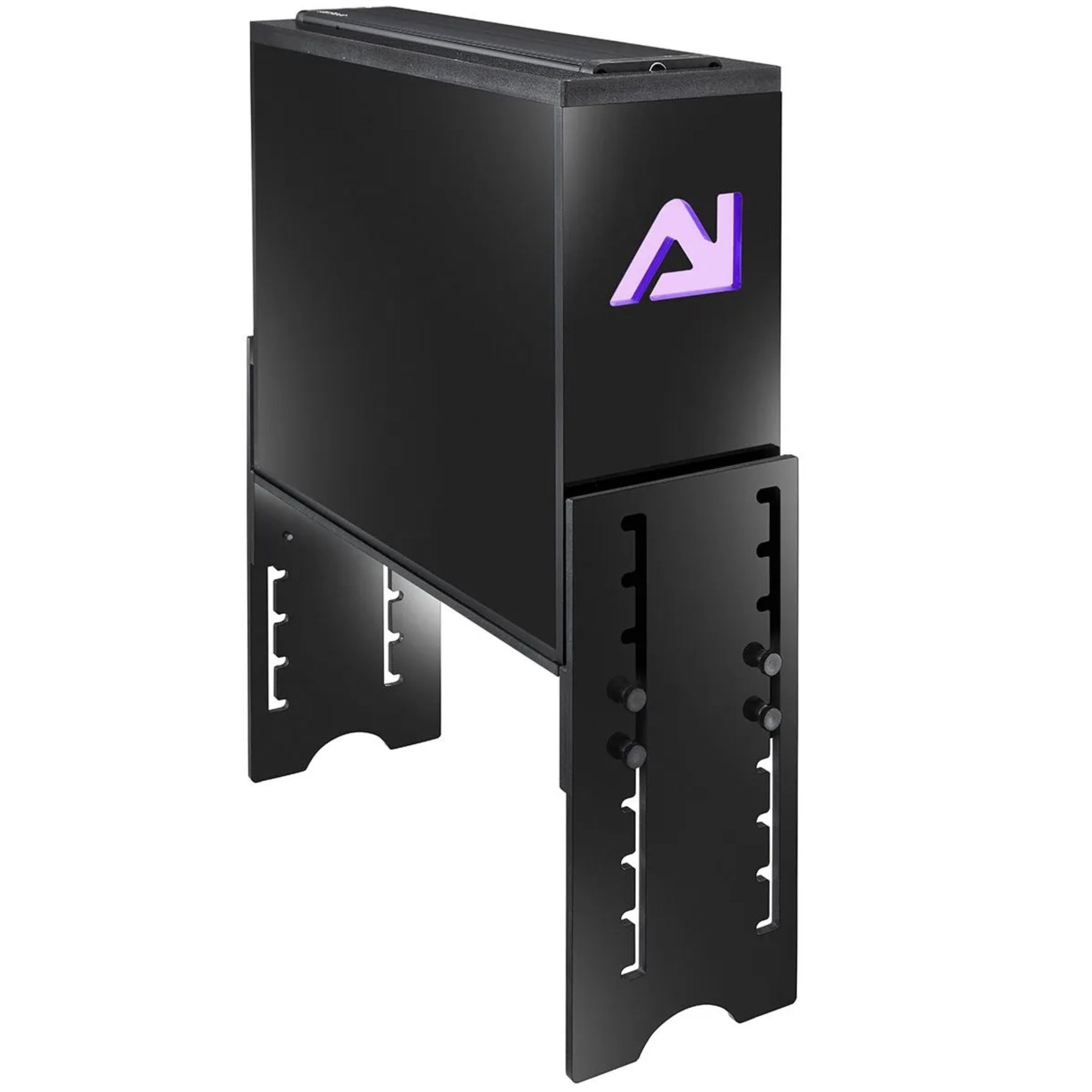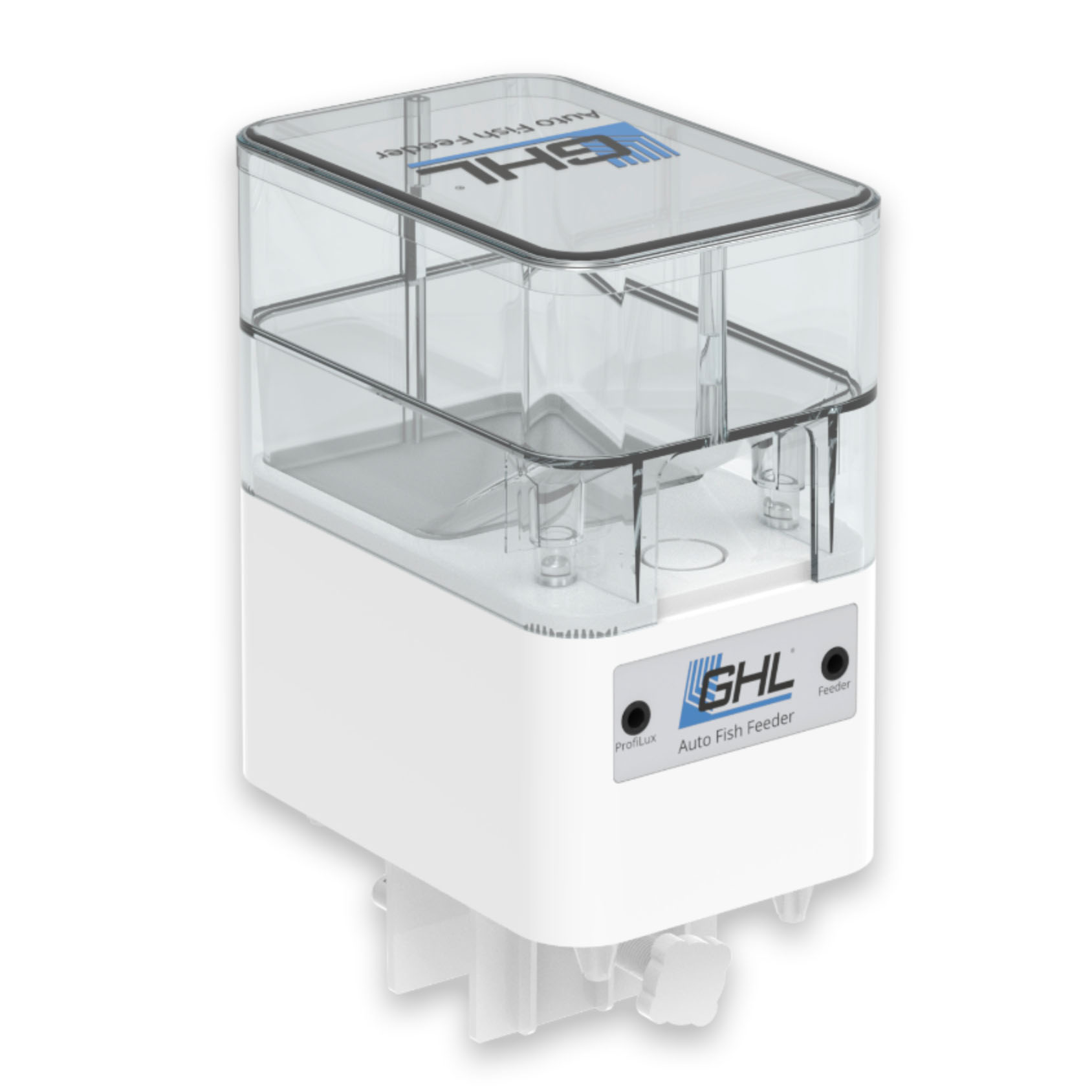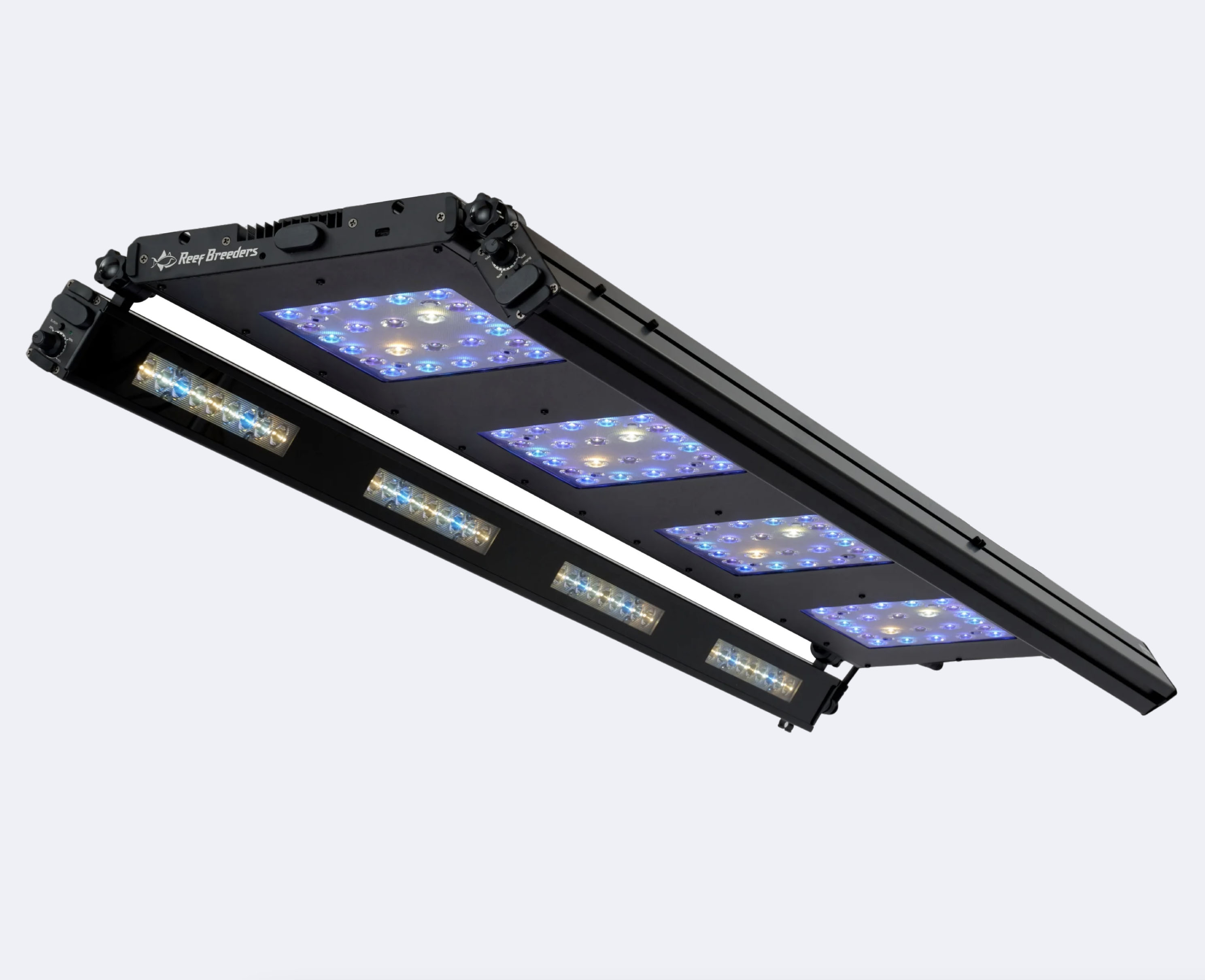We use cookies to make your experience better. To comply with the new e-Privacy directive, we need to ask for your consent to set the cookies. Learn more.
Considering Different Rock Options for Your Reef Aquarium: Live Rock, Man-Made, or Dry Rock?
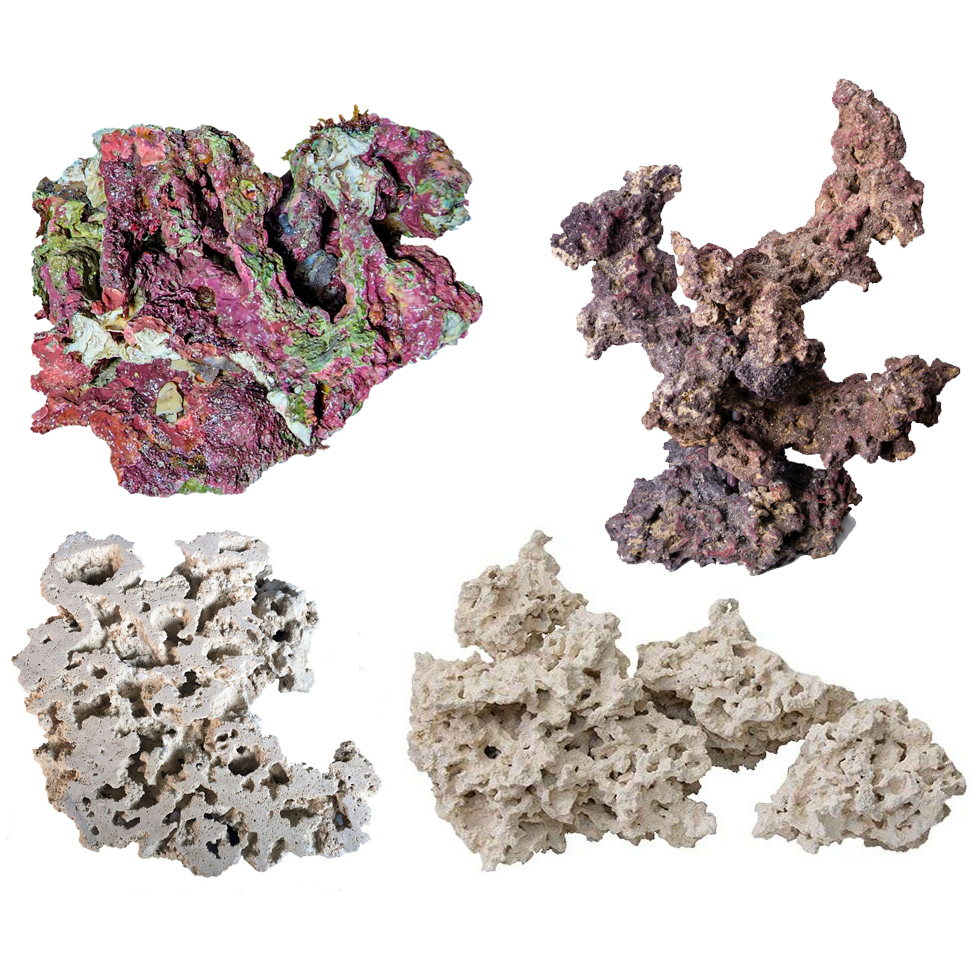
Creating a flourishing reef aquarium involves crucial decisions, especially when it comes to selecting the right type of rock for your fish only aquarium or reef aquarium with corals and other invertebrates. In this article, we'll explore the advantages and disadvantages of live rock, man-made rock and mined dry rock, ock from Florida. Understanding the advantages and disadvantages of live rock vs. man-made rock vs. dry natural rock will guide aquarists in making informed choices for their saltwater aquarium.
Live Rock:

Australian Live Rock
Live rock, sourced directly from natural coral reefs, comes with inherent benefits and drawbacks.
Advantages:
Biological Diversity: Live rock introduces a plethora of beneficial microorganisms and bacteria, kickstarting the nitrogen cycle and creating a thriving biological ecosystem.
Aesthetically Pleasing: The vibrant colors, unique shapes, and diverse textures of live rock replicate the beauty of natural coral reefs, enhancing the visual appeal of the aquarium.
Disadvantages:
Potential for Pests: Live rock may carry unwanted organisms, pests, or diseases, risking the overall health of the aquarium.
Higher Cost: The immediate biological activity and aesthetic appeal of live rock often come at a higher price compared to other options. Live rock can often be 5 to 10 times more expensive per pound due to the collection, transportation costs and how many times it changes hands from collector, to exporter, to importer then the retail store and what the store needs to charge to make it profitable.
Impact to the Environment: Because live rock is harvested directly from the ocean, it can impact the reefs where it is collected. The overharvesting of live rock in several locations around the world has resulted in a ban on live rock exports.
Curing time: Live rock is often shipped with wet newsprint on to keep the rock damp on the surface. However, things like sponges and other flora and fauna often die prior to their arrival at the aquarium store. This die-off (if not properly cured) can foul a tank and make things very smelly and unsafe for introducing fish and corals until all the die-off is fully filtered out of the water. Curing live rock often takes several weeks and most hobbyists will either cure the rock after purchasing it from a store or the retail store will do it prior to selling it. It is advantageous to purchase fully cured live rock but there is also a cost associated with this.
- Man-Made Rock (Example: Caribsea):
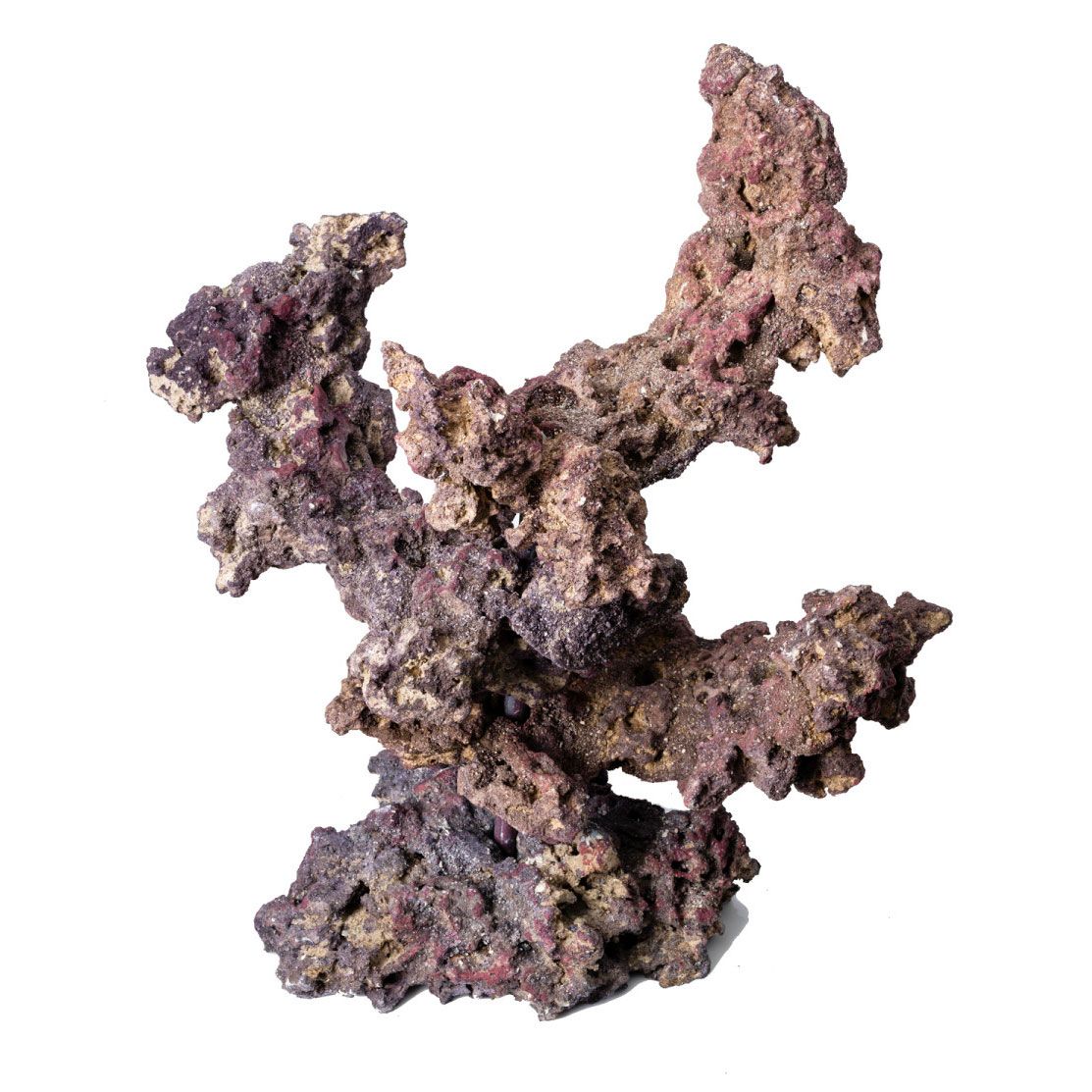
Caribsea Reef Rock serves as a noteworthy example of man-made rock designed to mimic the benefits of live rock:
Advantages:
Biological Support: Infused with aragonite, Caribsea Reef Rock fosters the growth of beneficial bacteria, promoting a stable and healthy environment. Also, there are many probiotic bacterial products on the market that introduce nitrifying bacteria to the aquarium. By adding nitrifying bacteria it is now possible to cycle a tank very quickly.
Customizable Aquascaping: Caribsea Reef Rock offers the flexibility to create intricate and personalized aquascapes, enhancing the visual appeal of the aquarium. There are several different shapes and sizes of rock to choose from, making it easy to create endless possibilities of aquascaping designs. Click here to see the various designs and types of rock Caribsea offers.
Colorents: Caribsea uses reef safe colorants that mimic the way live rock looks when covered with coralline algae.
Disadvantages:
Cost Factor: While generally more budget-friendly than live rock, Caribsea Reef Rock can be pricier compared to other man-made or dry rock alternatives but it really fills that sweet spot of something that looks more natural while being eco-friendly at the same time.
Other brands of man-made rock are available from Aquaroche and a few others but at the time this article was written, Aquaroche is no longer being imported into the US from France.
- Mined Dry Rock

Mined dry rock, sourced from quarries in Florida, presents a clean slate for aquarists:
Dry Rock Advantages:
Pest-Free: Biotek Marine dry rock and Two Little Fishies Staxx rock (as examples) are free from unwanted pests, diseases, or algae, providing a clean and uncontaminated foundation for the aquarium. There are other popular brands on the market but it is important to know that most dry reef ready rock is mined from dry land in Florida that was once underwater thousands of years ago. Rocks are excavated, pressure washed and baked in the sunlight to remove soil & debris before they go to market.
Cost-Effective: Mined dry rock is typically more budget-friendly than live rock, offering an economical option for aquarists. Dry rock is often sold by the pound but special shapes are available. Boulder shapes are typically the least expensive per lb. There are also pieces that are cut flat on one side with a band saw. These pieces are usually used as bottom pieces for the reef structure. There are also flat pieces that are mined and unique one of a kind shapes in varying sizes. These unique shapes are often the most expensive per pound but they are also the most interesting.
Disadvantages:
Delayed Biological Activity: Unlike live rock, mined dry rock lacks immediate biological benefits, requiring a longer cycling period to establish a stable environment. To speed up the process we recommend using probiotics (beneficial bacteria) to speed the tank cycling process. Additionally it often takes longer for beneficial coralline algae to establish itself.
Aesthetic Limitations: Mined dry rock may lack the vibrant colors and intricate textures of live rock, potentially limiting the visual diversity of the aquarium. While the mined rock is off white in color; bottled reef safe colorants from Biotek Marine are also available. These colorants can be applied to the rock while it is dry, giving it a more live rock appearance prior to coralline algae colonization. Additionally, rocks can be cut or carefully chiseled to form branching reef structures, caves, grottoes and other unique structures, creating an ideal aquascape for the placement of corals and hiding places for fish and other marine life.
Selecting the right type of rock for a reef aquarium involves weighing the advantages and disadvantages of live rock, man-made rock like Caribsea Reef Rock, and mined dry rock. By considering biological needs, aesthetic preferences, budget constraints and other factors, aquarists can make informed decisions that contribute to the long-term success and vibrancy of their reef aquariums. If you are trying to find the best option for your setup and you need further help then please give us a call our email us and we will be happy to help.




